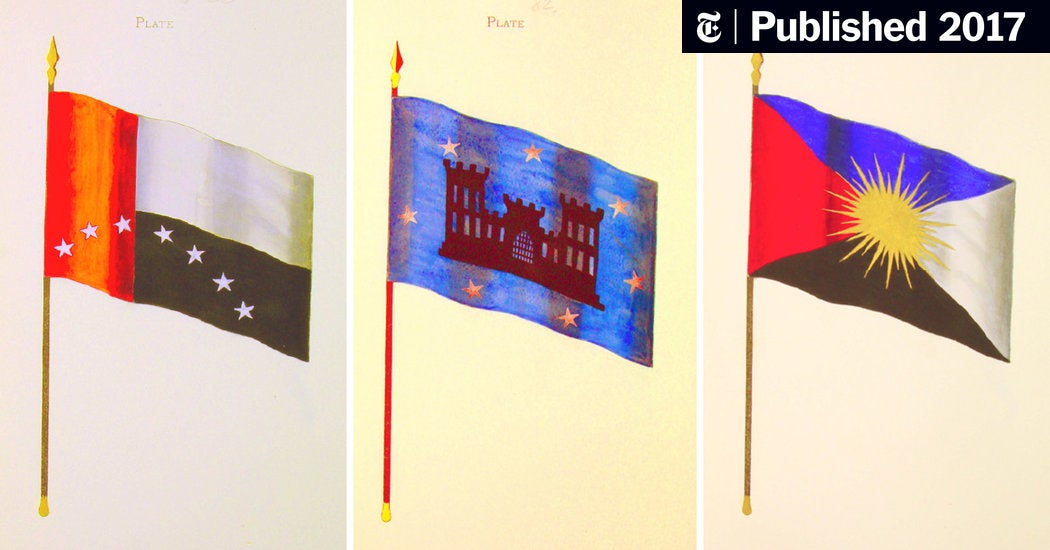The Confederate Flag, a potent symbol imbued with historical significance, evokes a disparate range of sentiments across the United States. On one hand, it embodies the struggle for states’ rights and Southern heritage; on the other, it is a stark emblem of racism and division. This dichotomy presents a compelling challenge: How does one reconcile the existence of such polarizing symbols with the Bahá’í teachings on the oneness of humanity?
The tenet of the oneness of humanity is central to Bahá’í beliefs, advocating that all humans, regardless of race, nationality, or ideology, are fundamentally united. This concept can illuminate discussions surrounding contentious symbols such as the Confederate Flag, encouraging a deeper understanding of its implications in contemporary society. Examining this flag through the lens of Bahá’í teachings raises profound questions about identity, reconciliation, and, ultimately, the future of human coexistence.
To begin, it is essential to recognize the origins of the Confederate Flag. Originally designed as a battle standard during the American Civil War, it has since morphed into a symbol with various interpretations. While some perceive it as an emblem of Southern pride, others view it as a remnant of systemic racism and social injustice. The Bahá’í faith teaches that our perceptions should evolve beyond individual and collective biases. This principle begs consideration: Should cherished cultural symbols be allowed to coexist with ideals advocating for universal equality and justice?
Next, we delve into the implications of upholding a symbol that many associate directly with oppression. Within Bahá’í teachings, the concept of justice is paramount. Abdu’l-Bahá, a prominent figure in the Bahá’í faith, articulated the necessity of justice in achieving societal harmony, stating that true justice necessitates the eradication of discrimination in all its forms. The existence of a symbol that reverberates with historical injustices challenges adherents to the Bahá’í faith to assess their stances on such emblems. Can a society genuinely promote the oneness of humanity while enabling the proliferation of images that may incite division?
Furthermore, the idea of atonement plays a crucial role in Bahá’í philosophy. The act of acknowledging historical wrongs, such as slavery and segregation, can pave the way for healing and reconciliation. By confronting the painful legacy of the Confederate Flag, a dialogue may emerge that fosters understanding rather than animosity. This is an invitation to participate in a collective discourse aimed at recognizing shared humanity while also addressing past grievances. How can acknowledgment of historical symbols contribute to a more equitable future?
The act of re-evaluation requires an introspective look at the motivations behind our affiliations with such divisive imagery. The Bahá’í teachings urge individuals to discern their attachments to identity constructs that may segregate rather than unify. Rather than clinging to symbols that perpetuate division, adherents are encouraged to embrace those that fortify the principles of love, harmony, and unity among diverse peoples. Could a reimagining of cultural symbols bring forth a dialogue that celebrates diversity while simultaneously advocating for social justice?
Among the core aspirations of the Bahá’í faith is the promotion of global unity through moral principles. This entails a commitment to fostering environments where individuals of all backgrounds can engage freely and without fear of prejudice. The question emerges: What role do symbols play in either advancing or hindering this objective? While some may argue that symbols of any nature should be preserved as part of historical identity, others propose that a conscious effort must be made to align societal symbols with an ethos of inclusivity.
A nuanced discussion surrounding the Confederate Flag invites us to contemplate the broader implications of symbolism in society. The Bahá’í approach encourages a transformation of consciousness where individuals move beyond mere tolerance of difference to embrace a genuine affinity for diversity. This evolution in thought may lead to the creation of new symbols that align more closely with the principles of unity and love advocated in Bahá’í teachings. Could new symbols emerge that encapsulate the essence of collective identity while honoring the complexities of historical realities?
In conclusion, the exploration of the Confederate Flag through the lens of Bahá’í teachings presents a multifaceted challenge that involves grappling with deeply entrenched ideologies and historical contexts. In striving for the oneness of humanity, it is imperative to confront the implications of symbols that perpetuate division. By nurturing a dialogic approach characterized by justice, acknowledgment, and a commitment to global unity, societies can transcend divisive symbols, paving the way for a future rooted in compassion and collective solidarity. The challenge remains: how will contemporary society respond to this call for reflection and transformation in the collective consciousness?
